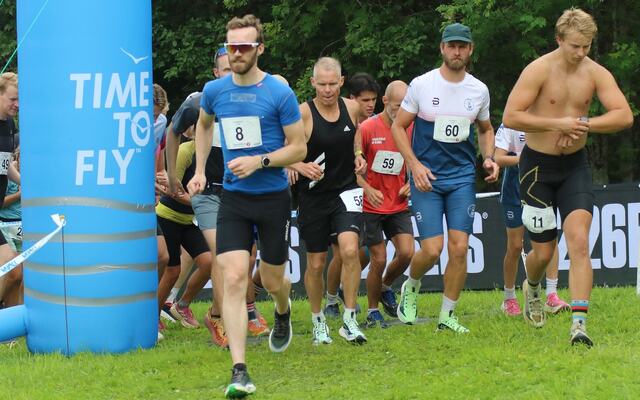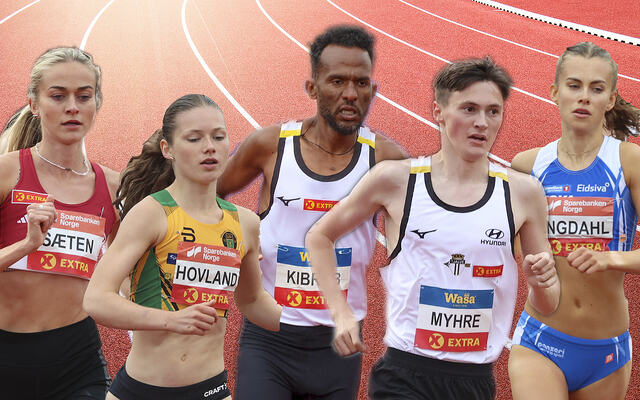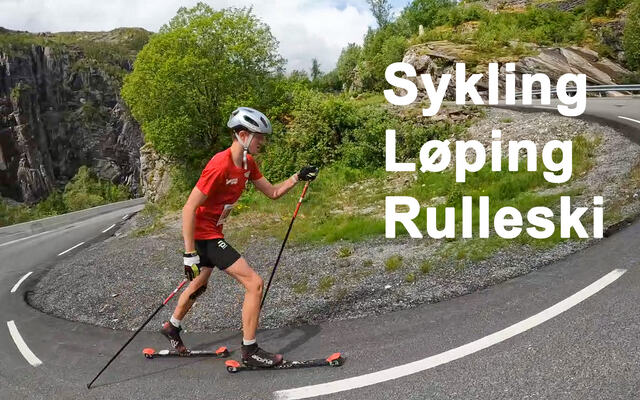| . Kilde: Bankok Post Kayaking the length of mighty Mekong From its source to South China Sea, O'Shea is poised to paddle all the way _ come April When Australian Michael O'Shea sinks his kayak paddle into the turbulent waters of the upper Mekong April 1, he will have committed himself to a 4,800 km downstream trip and millions of paddle strokes before he finally sails into the South China Sea. It will take him 120 days to accomplish what he calls the ``Mekong First Descent Project'', or the longest ever continuous navigation of the river from almost its source on the Tibetan plateau to the broad delta in southern Vietnam. A kayak specialist who leads white water river rafting expeditions for the Laos tour company Wildside Asia, Mr O'Shea's immediate challenge is to cut the US$320,000 budget to a manageable size by convincing tour companies, car rentals, hotels and airlines to provide logistical support. Like all modern expeditions it comes with tons of baggage mainly to support the TV crews who will follow the kayak down the Mekong River filming encounters with villagers and the six World Heritage tourist sights on the route. They will edit the footage into a three-part documentary of 53 minutes each that will most likely be sold to National Geographic or the Discovery Channel. Mr O'Shea has been surveying and planning his expedition for three years when he was not guiding tourists on white water rafting trips down river gorges in northern Laos. Last week he was in Bangkok underwriting his project with support from the Pacific Asia Travel Association (Pata) in a deal that will see a proportion of the sponsorship dollars go to community-based sustainable tourism projects directed by Pata. He is not the first to dip an oar into the Mekong River. Bangkok based author and journalist Steve van Beek navigated two sections of the upper Mekong River in 2000 and wrote a book about the experience. A less commendable trip was made by an Hovercraft, supported by Diethelm Travel. While the noisy, fuel guzzling hovercraft made the trip from a starting point in China's Yunnan province, it failed to gain recognition as a meaningful expedition or generate enough paying guests to break even. Mr O'Shea recognises technically the hovercraft was the first boat to succeed in travelling the navigable parts of river, but insists his expedition will do the job from a much higher spot on the river, 200 km south of the source all the way through the six countries to the delta. Apart from a long list of admirable goals set out in his project document, the most compelling objective appears to be he still enjoys a scary ride. Split into three distinct sections the paddle downriver begins high in the ice-capped mountains of Tibet descending through 1,500 km of gorges and rapids that Mr O'Shea describes as ``class four and five plus''. ``It's remote, challenging but not particularly dangerous,'' he assured me over a coffee as he flicked through a folder of photographs illustrating his kayak in free-falls over cascades and waterfalls. I relaxed once I was assured there was no invitation to sit in the TV crew kayak that follows Mr O'Shea down the icy-cold rapids. Along with the rest of the armchair adventure travellers I will get see it on Discovery Channel from the comfort of my living room. I have never thought of travelling far north up the Mekong River valley into the far western region of China, but when Mr O'Shea described the river ``tumbling off'' the Tibetan plateau, racing through gorges a kilometre deep, I had to ask myself why do I spend so much time in Pattaya on a go-kart track? All it would take was a short flight to Kunming in Yunnan province followed by a connecting domestic service to the small mountain town of Dali. There, travellers hire a car and guide for the road journey north through the gorges to a region where three of China's majestic rivers prise their way through the mountains of northwest Yunnan. The gorges cut by the three parallel rivers is a world heritage site along with the town of Lijiang just downstream. Both are key points of the expedition. Travellers like me who require four wheels and a combustion engine would probably stop at Lijiang and be content to watch the white water rush by from the balcony of a guesthouse. Even the four-wheel-drive vehicles the expeditions hopes to get from a sponsor will only go so far north. Kayaks and crews will eventually switch to the hardy yak for the arduous journey through the Tibetan mountains to the northernmost navigable spot on the river, approximately 200 km from the source. Just for the record Mr O'Shea and crew will trek from the source to meet the yaks carrying the kayaks to the starting point of the expedition's first phase through the gorges. Phase two of the expedition runs through Myanmar, Thailand and Laos, crossing the so-called Golden Triangle where the TV crew intends to ferret out villagers panning for gold. Definitely a new angle on business practices in this notorious region. Side trips to seek out more white water rafting on the Mekong River tributaries in Laos will make a welcome break for the kayak crews but they intend to be back on the main river in time to check out the mysteries of fireballs at Nong Khai, known locally as bung fai phayanak. I asked Mr O'Shea how would he cope with the slower pace of the old river after weeks in the youthful gorges of the Mekong basin? He and his TV crew will make diversions, seeking out ``documentary opportunities'' village festivals or customs before they finally encounter the pods of freshwater dolphins further south and the class four rapids and waterfalls at Khane Phapeng just over the border in Cambodia. After crossing the border from Laos to Cambodia south of Pakse, the expedition follows the river negotiating the Sambor rapids and takes a diversion up the Tonle Sap River to visit Siem Reap and Angkor Wat. South of Phnom Penh the Mekong flows through a region of paddy fields crisscrossed with tributaries and canals, spreading out into a vast delta the heart of southern Vietnam's agricultural basin. Mr O'Shea has it scripted to paddle from ``the mother of waters'' out into the South China Sea, TVs rolling and the sun rising over the horizon, a fitting end to 120-day trip by kayak. That's the scripted version written before even the first paddle stroke, but the Mekong River is bound to have a few of its own surprises waiting for the kayak, possibly beyond the wildest dreams of adventure channel script writers. It is probably the human endeavour, the skill and endurance required to kayak an average of 90 km a day, that make this project worthwhile for travel industry sponsors. Email: mick@mekongfirstdescent.org for more details. uReaders can e-mail Don Ross at editor@ ttreport.com Bankok Post |
4.800 km på Mekong i kayak
1. april legger Michael O'Shea ut på en skikkelig ultra-tur i kayakk - fra Mekongs kilder til utløp i Sør-Kina havet
Siste medlemssaker
Annonse








